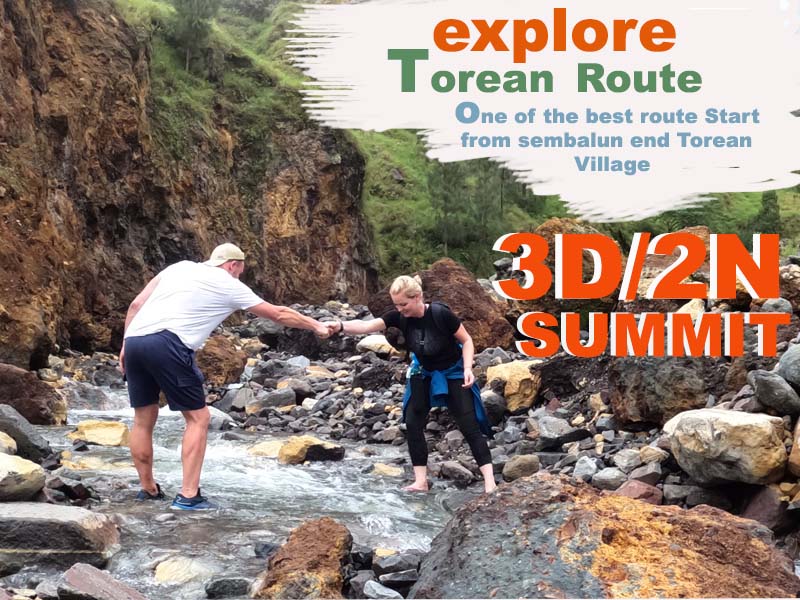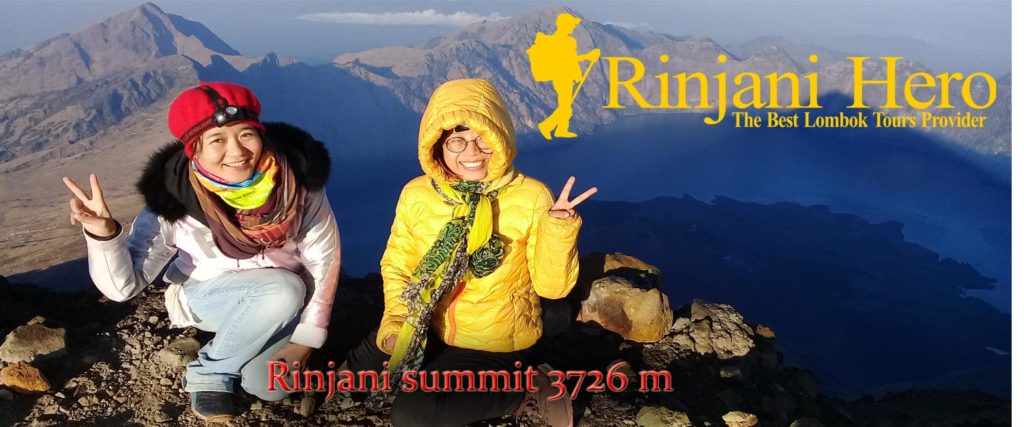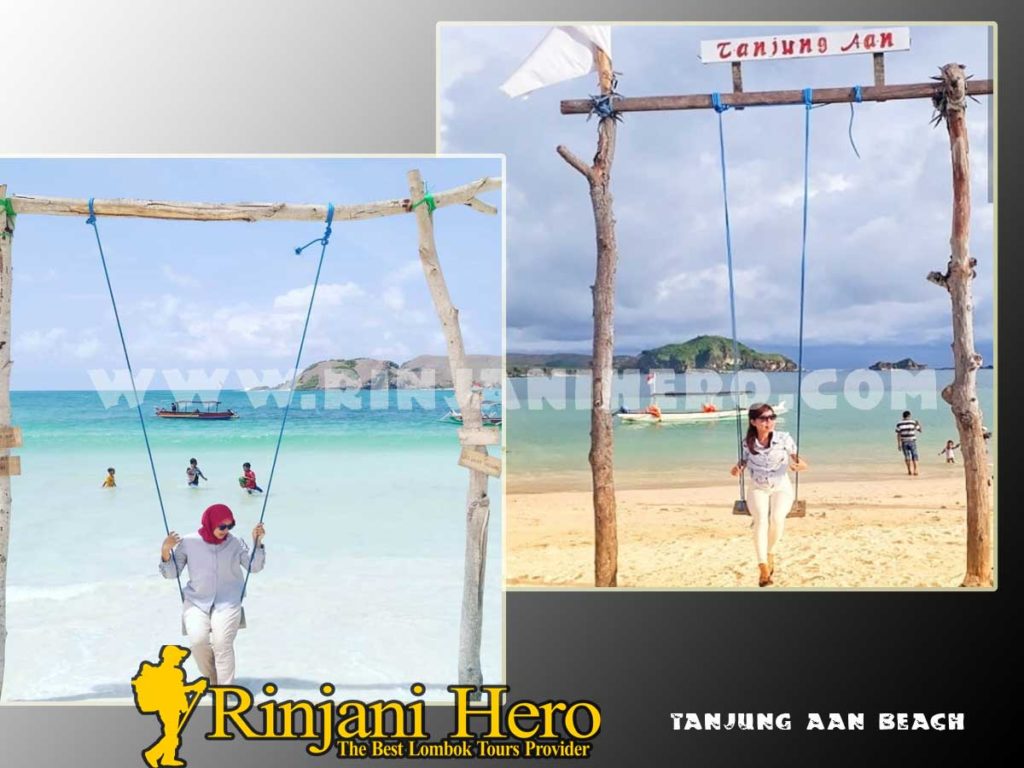Rinjani Trekking Package Guide
If you’re planning an adventurous journey to Indonesia, exploring Mount Rinjani in Lombok should be at the top of your list. As the second-highest volcano in the country, Rinjani offers not only breathtaking views but also a challenging and rewarding trekking experience. In this Rinjani Trekking Package Guide, we’ll help you choose the best package, prepare for the trail, and ensure a safe and unforgettable experience—backed by practical advice, local expertise, and trustworthy information.
Why Choose Mount Rinjani for Trekking?
Mount Rinjani stands at 3,726 meters above sea level and is renowned for its dramatic caldera, stunning crater lake (Segara Anak), and rich biodiversity. Trekkers from all over the world come to experience its challenging yet rewarding trails, hot springs, and panoramic sunrise views from the summit.
Understanding the Rinjani Trekking Routes
There are three main entry points to Mount Rinjani:
- Sembalun (East) – Best for summit attempts. Starts higher and offers quicker access to the peak.
- Senaru (North) – Ideal for crater rim treks and more gradual elevation gain.
- Torean (South) – Scenic but less commonly used. Not officially recommended due to safety concerns.
Depending on your physical condition and travel time, here are the popular trekking durations:
- 2D1N Sembalun – Summit & Crater Rim
- 3D2N Sembalun – Summit & Lake
- 4D3N Sembalun–Senaru – Full Adventure Loop
What’s Included in a Rinjani Trekking Package?
A professional Rinjani trekking package usually includes:
- Licensed trekking guide and experienced porters
- Camping equipment: tents, sleeping bags, mattress
- Daily meals (breakfast, lunch, dinner) and drinking water
- National park entrance fee
- Hotel pick-up/drop-off (Lombok area)
- First aid and safety equipment
Some packages also offer a night’s accommodation in Senaru or Sembalun before the trek.
Choosing the Right Trekking Operator: What to Look For
To ensure safety and sustainability, always book with a licensed and ethical operator. Here’s what to consider:
- Experience & Reputation: Check reviews on Google, TripAdvisor, or travel forums.
- Safety Standards: Ensure they carry emergency equipment and are trained in first aid.
- Eco-friendly Practices: Choose companies that promote “leave no trace” principles.
- Fair Treatment of Porters: Ethical companies provide proper gear, food, and wages to their porters.
Tip: Avoid ultra-cheap operators that may compromise on safety and porter welfare.
What to Pack for Rinjani Trekking
Proper gear is essential for comfort and safety. Your packing list should include:
- Trekking boots with good grip
- Warm layers (temperatures can drop below 5°C)
- Headlamp, gloves, and beanie
- Rain jacket and dry bags
- Personal toiletries and medication
- Sunscreen and sunglasses
Most operators provide tents and sleeping bags, but feel free to bring your own gear if you prefer.
Best Time to Trek Rinjani
The official Rinjani trekking season is from April to December. The park is closed from January to March during the rainy season due to safety concerns.
For clear skies and cooler temperatures, the best months are May to October.
Choosing the right Rinjani trekking package can make or break your experience. Whether you’re an experienced hiker aiming for the summit or a beginner seeking a scenic rim hike, there’s a package tailored to your goals.
Always prioritize safety, respect nature, and travel with a trusted operator. With proper planning and the right guidance, trekking Rinjani can be one of the most exhilarating and transformative adventures of your life.




